Silly putty was originally meant to be a replacement for traditional rubber.
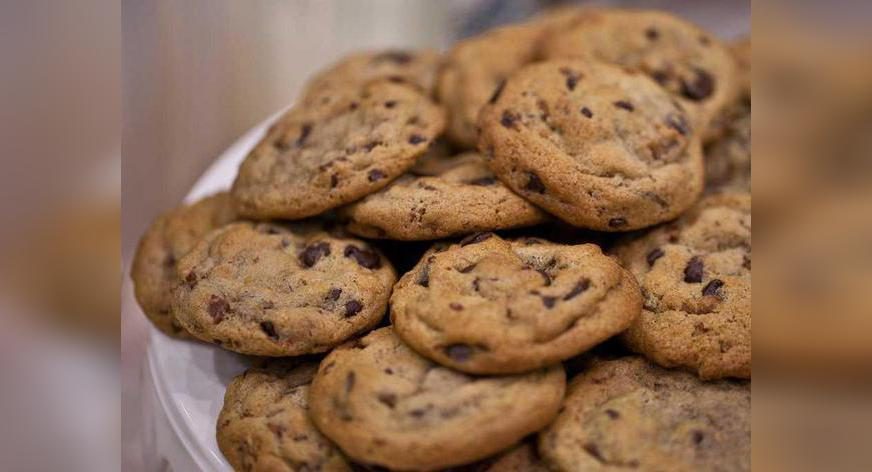

This September marks 86 years since scientist Alexander Fleming discovered penicillin in 1928.
 Unlike many inventions that come about from years of research and hard work, penicillin was an unexpected discovery. When Fleming, a professor of bacteriology, returned home from his two-week vacation, he began sorting through his petri dishes. He noticed mold had formed on his staphylococcus samples. This mold was actually a strain of Penicillium notatum which inhibited bacterial growth. The modern era of medicine hasn’t been the same since.
Unlike many inventions that come about from years of research and hard work, penicillin was an unexpected discovery. When Fleming, a professor of bacteriology, returned home from his two-week vacation, he began sorting through his petri dishes. He noticed mold had formed on his staphylococcus samples. This mold was actually a strain of Penicillium notatum which inhibited bacterial growth. The modern era of medicine hasn’t been the same since.
Over the course of history, Fleming’s discovery wasn’t the only “accidental” invention. Albert Einstein said, “Anyone who has never made a mistake has never tried anything new.” You’ll never know when an error may turn into a life-saving treatment or a Nobel Prize-winning invention.
Here are examples of other “accidental” discoveries:
Corn Flakes
Will Keith Kellogg was assisting his brother, a doctor at the Battle Creek Sanitarium in Michigan, with his patients’ diets. While making bread, he accidentally left out one of the main ingredients, boiled wheat, for many hours. After realizing, he decided to add and knead it into the bread. The wheat became flaky and created a crunchy snack when baked. The patients enjoyed the flakes so much that Kellogg decided to work on enhancing these flakes. He switched to corn and vamped up his production on a larger scale. His business, ‘The Battle Creek Toasted Corn Flakes Company,’ launched in 1906.
The Microwave
When American engineer Percy Spencer worked at Raytheon Corporation, on a radar-related project, he accidentally discovered the technology behind the microwave. While testing a new vacuum tube driving a radar set known as a magnetron, he found that a chocolate bar in his pocket had melted. He then began experimenting and aimed the tube at other items, such as eggs and popcorn kernels. After many tests, including an exploding egg, he concluded that the objects were heated by the microwave’s energy. The first microwave weighed 750 pounds and was 66-inches tall. In 1965, the first countertop microwave was introduced and began appearing in homes all across the US.
Potato Chips
A customer complaint led to the creation of potato chips in 1853. Fed up with a customer who kept sending his fried potatoes back to the kitchen complaining they were soggy and not crunchy, Chef George Crum decided to try something new. He sliced the potatoes as thin as possible, fried them in hot grease, then doused them with salt. The customer loved them and they were named Saratoga Chips after the hotel where Crum worked – Moon’s Lake House – near Saratoga Springs, New York. They quickly became a hit throughout New England and were eventually mass-produced for home consumption. Today they are eaten around the world in many varieties.
Play-doh
Non-toxic modeling clay, Play-Doh, was accidentally invented in by Joseph and Noah McVicker in 1955, while theytrying to make a wallpaper cleaner. It began appear in stores a year later. Since then, over 700 million pounds of Play-Doh have been sold.
Chocolate chip cookies
Ruth Graves Wakefield, owner of the Toll House Inn in Whitman, Massachusetts, was baking chocolate cookies but ran out of regular baker’s chocolate sometime in the 1930s. She substituted that with broken pieces of semi-sweet chocolate, thinking it would melt and mix into the batter to create chocolate cookies. The chocolate morsels didn’t melt, but everyone loved her cookies, and the chocolate chip cookie was born. In 1939, she sold the recipe to Nestle for $1 in exchange for a lifetime supply of chocolate chips.
Velcro
In 1941, Swiss engineer Georges de Mestral found burrs clinging to his pants and dog’s fur while hiking. When he inspected the burrs more closely, he saw that their hooks would cling to anything loop-shaped. He set out to artificially re-create the loops with a material that would stick together. He chose the word velcro as a combination of the words “velvet” and “crochet.” In the 1960s, NASA used the material in various ways to help secure items in space.
Champagne
Bubbly wine used to be considered a sign of poor wine-making and was prevented at all costs. Dom Pierre Pérignon, a 17th century Benedictine monk, tried to cater to the French court’s preference for white wine. Black grapes were easier to grow in the Champagne region, so he invented a method of pressing white juice from them. Since Champagne’s climate was colder, the wine had to be fermented over two seasons instead of one, producing a wine loaded with bubbles of carbon dioxide. The new wine was a big hit with the aristocratic crowds in both the French and English courts. By law, only Champagne from the region can be labeled as such. There are local variations from other countries, such as cava in Spain.
Saccharine
This sugar substitute was discovered in by Constantine Fahlberg in 1879. He was trying to find a substitute for coal tar products. After returning home for dinner, he noticed that all his food tasted sweet and remembered that he hadn’t washed his hands, which were still covered with the chemicals he had worked on during the day.
Slinky
The popular toy made its debut in the 1940s, becoming an instant childhood favorite. As Naval engineer Richard James was trying to develop a spring that would stabilize sensitive equipment at sea, one of the springs accidentally fell off a shelf and continued bouncing.
Do you have any accidental discoveries throughout history to add to our list? Let us know in the comments below.

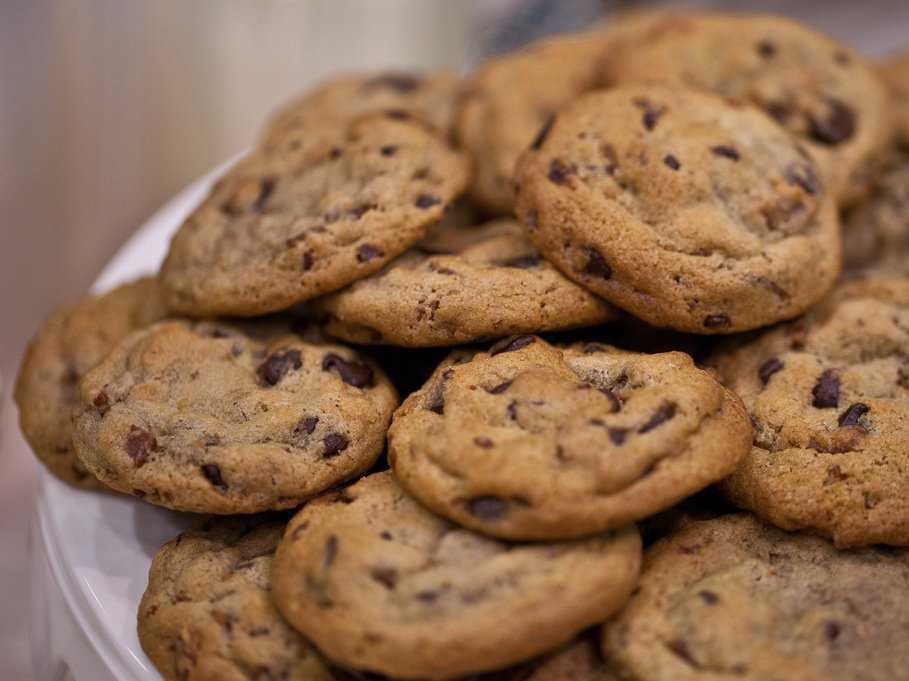
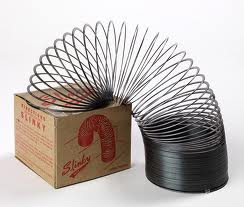


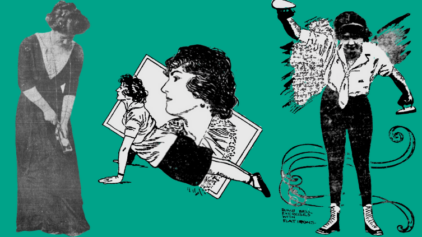

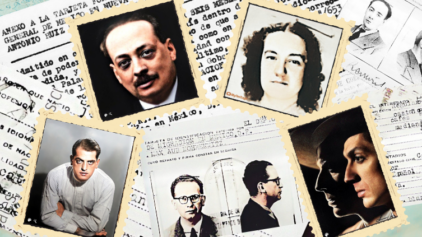





Martin
September 27, 2014
How many pounds of Play-dog has been eaten?